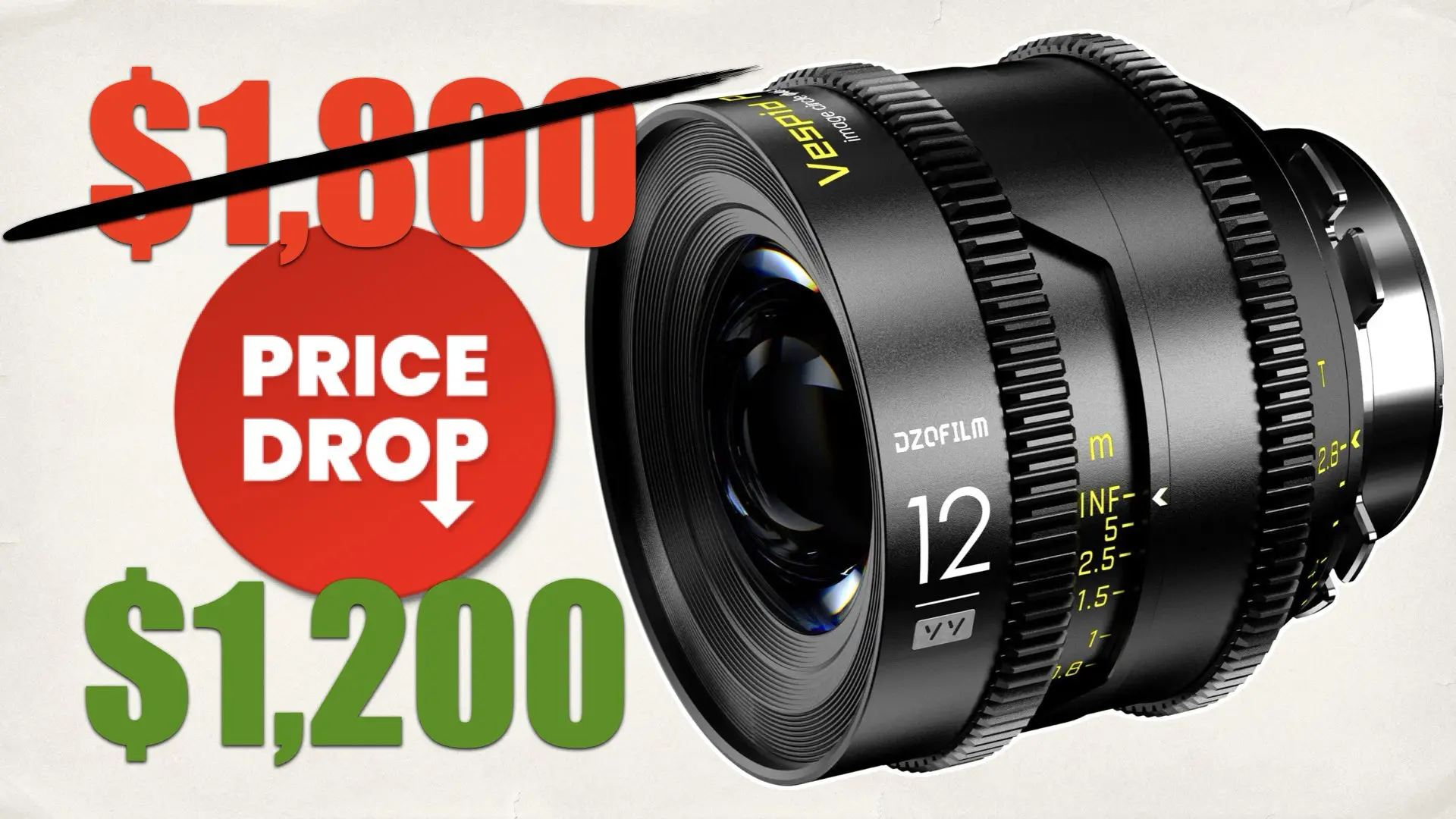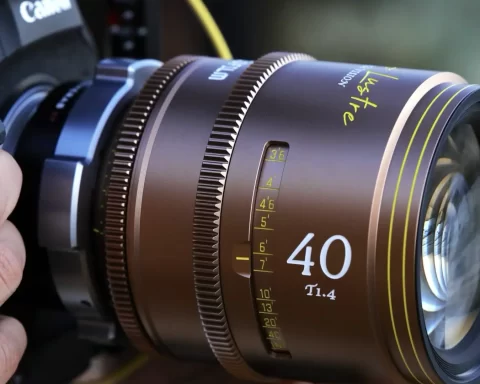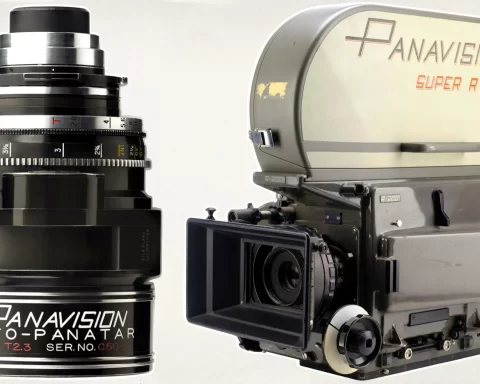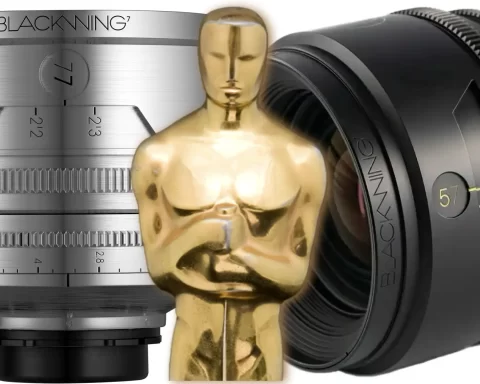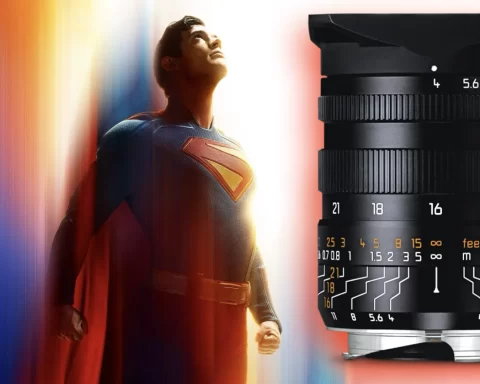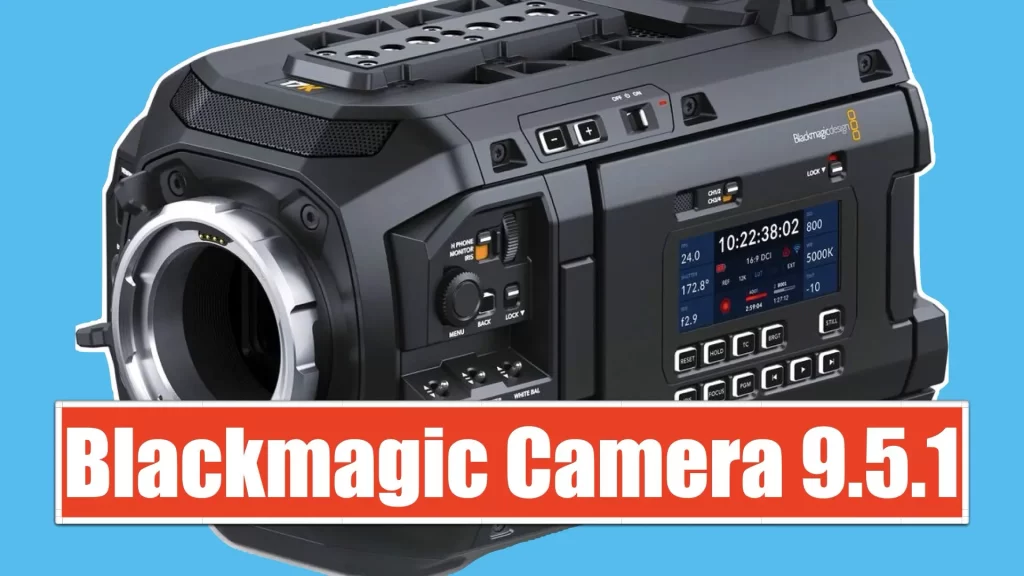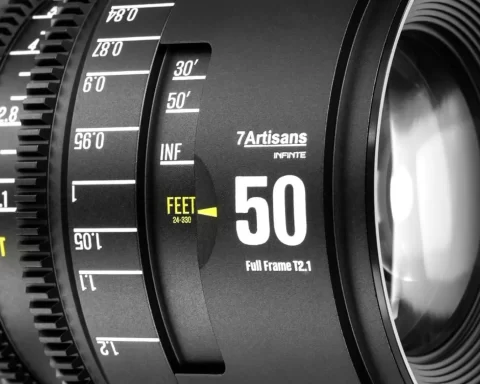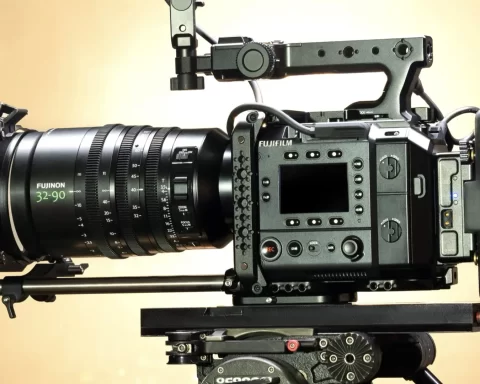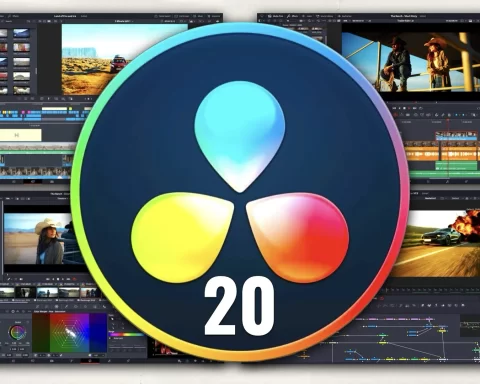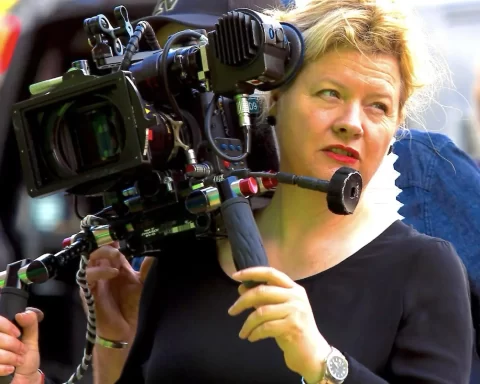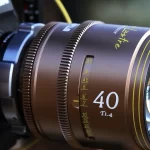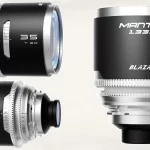In an era where filmmaking tools are becoming increasingly affordable without sacrificing professional quality, DZOFilm has announced a permanent price reduction for its acclaimed VESPID Prime lenses. This move, effective April 29, 2025, reflects a larger trend in the camera and cinema lens industry: democratization through affordability — a trend that opens new opportunities for independent creators and production teams alike.
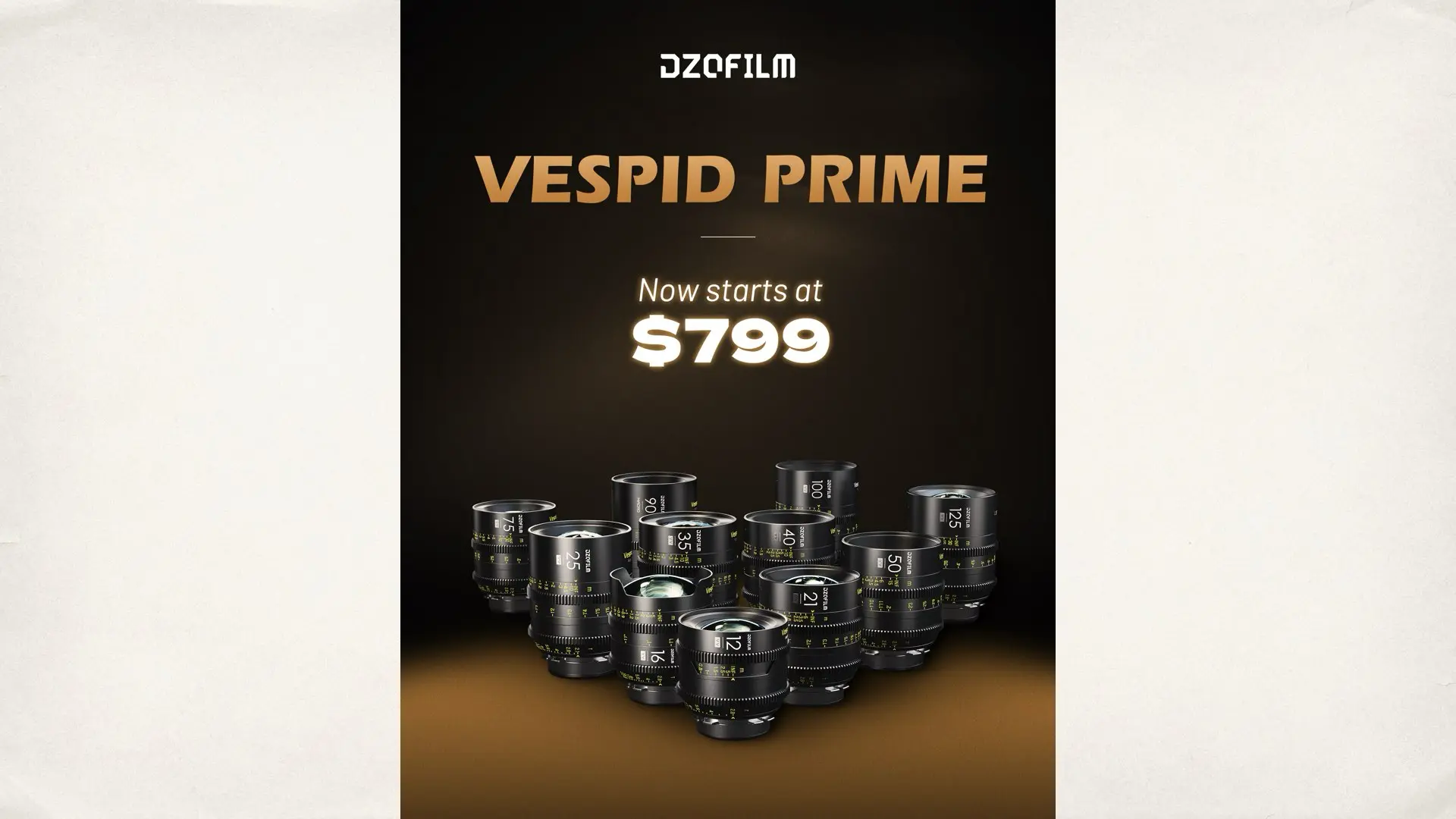
Revisiting the VESPID Primes
Launched in 2020, the VESPID Prime series was designed to bridge the gap between cost and quality, offering full-frame coverage, internal focusing, and standardized gear positions for smooth integration with professional accessories. As detailed in YM Cinema’s original breakdown, DZOFilm introduced these lenses as lightweight, high-performance options aimed at independent filmmakers who couldn’t afford the traditional high-end cine primes.
The VESPID Primes were celebrated for their technical sophistication:
-
Minimized focus breathing through an internal focusing design
-
Consistent gear placement across the set for faster lens swaps
-
Cinema-grade chromatic aberration control
-
A 16-blade iris for smooth, natural bokeh
-
Full-frame and Vista Vision coverage with a 46.5mm image circle
-
270° focus rotation for precision pulling
-
Lightweight yet durable metal housings, starting at just 725g
Over the last five years, these lenses have gained a strong reputation among independent creators, documentarians, and small production houses looking for reliability without breaking the bank.

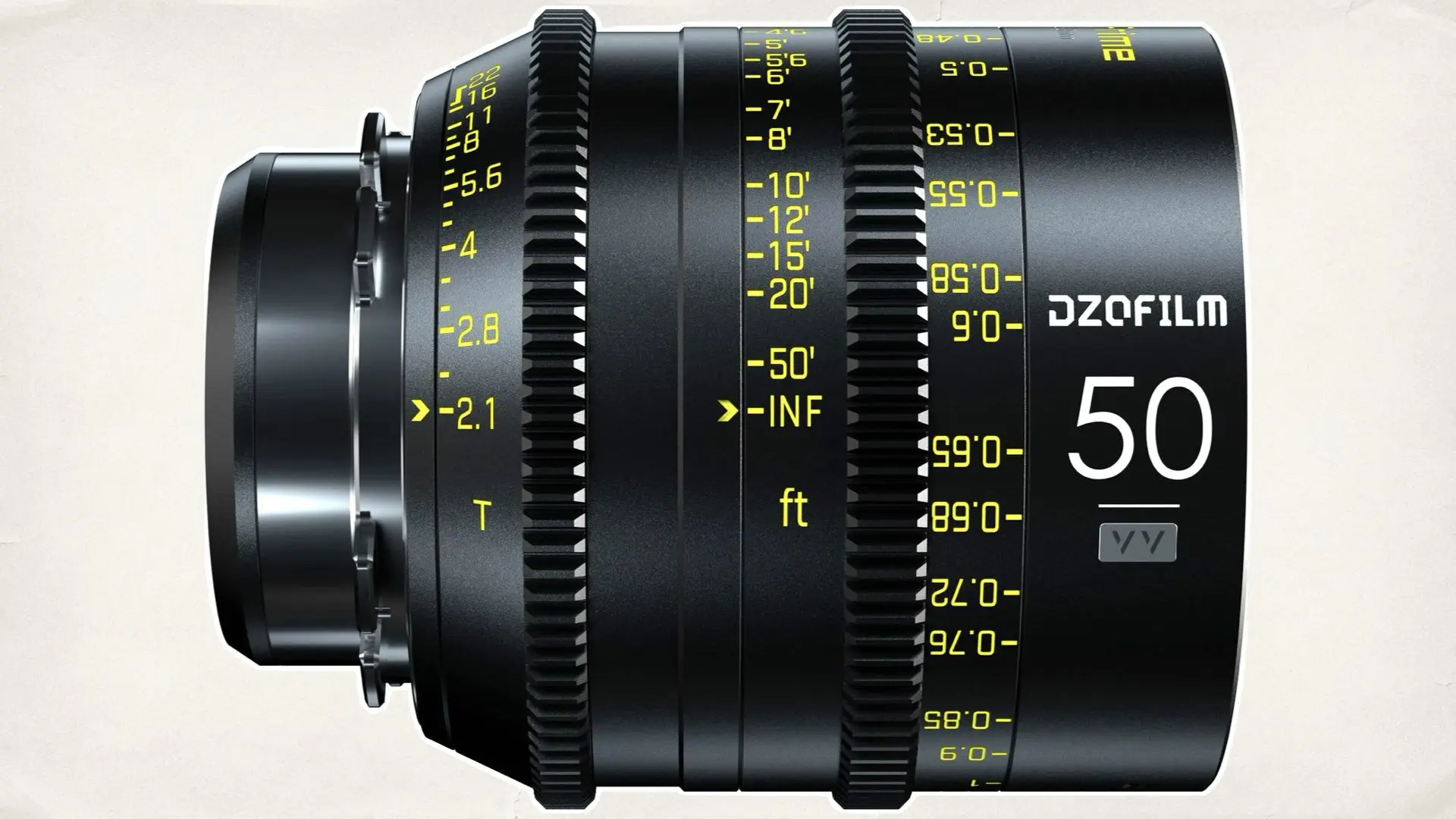
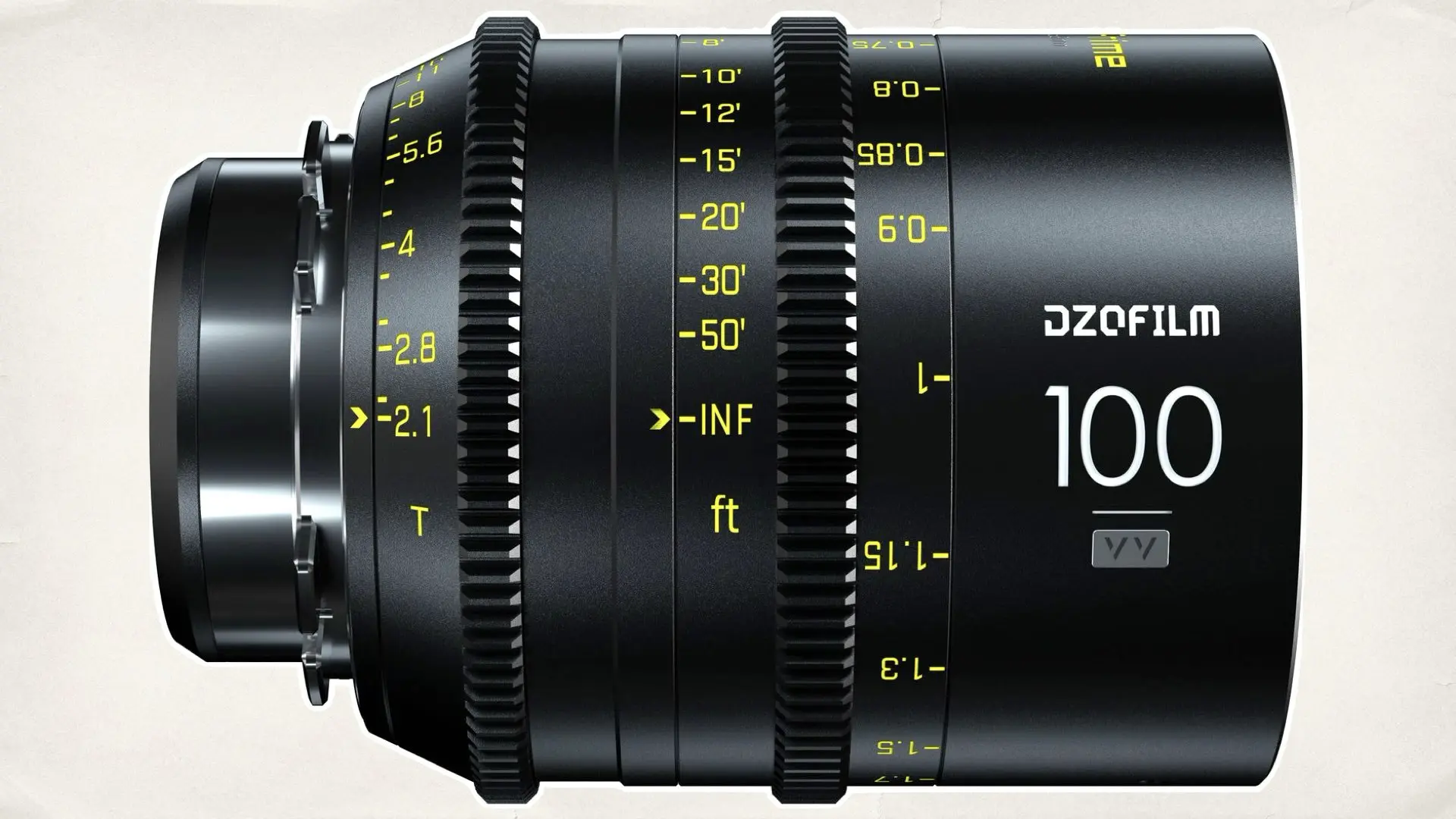
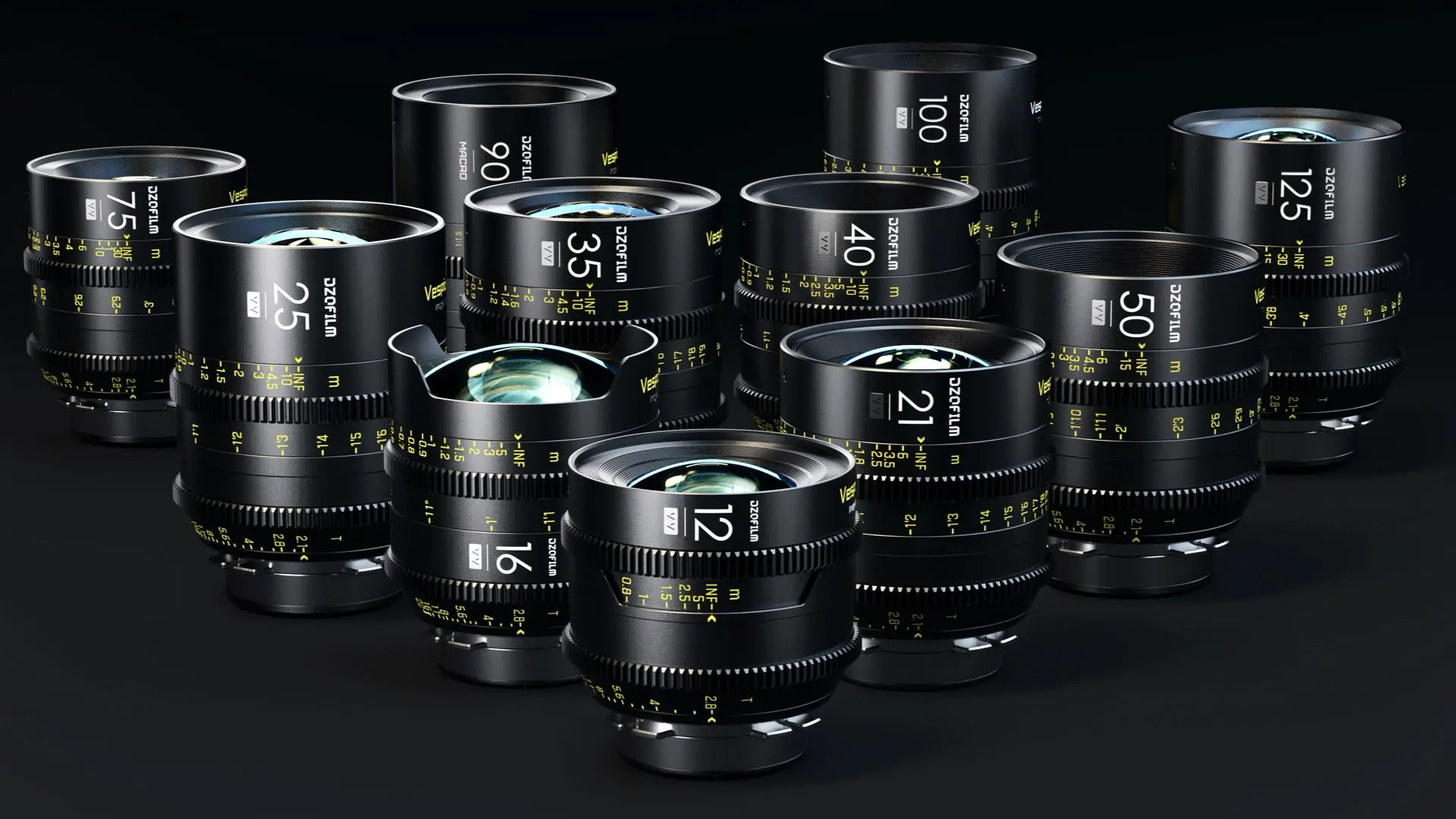
The New Pricing Structure
In its latest announcement, DZOFilm has permanently slashed the VESPID Prime prices, making the lineup more attainable than ever:
-
Single lenses now start at $799 (for focal lengths between 21mm and 125mm)
-
Special pricing for the 12mm ($1,199), 16mm ($999), and 90mm macro ($899)
-
Full kits are available, ranging from $3,999 (5-lens kit) to $6,999 (9-lens kit)
This adjustment isn’t temporary or promotional — it’s a strategic, permanent repositioning of one of the most respected affordable cine lens lines on the market.
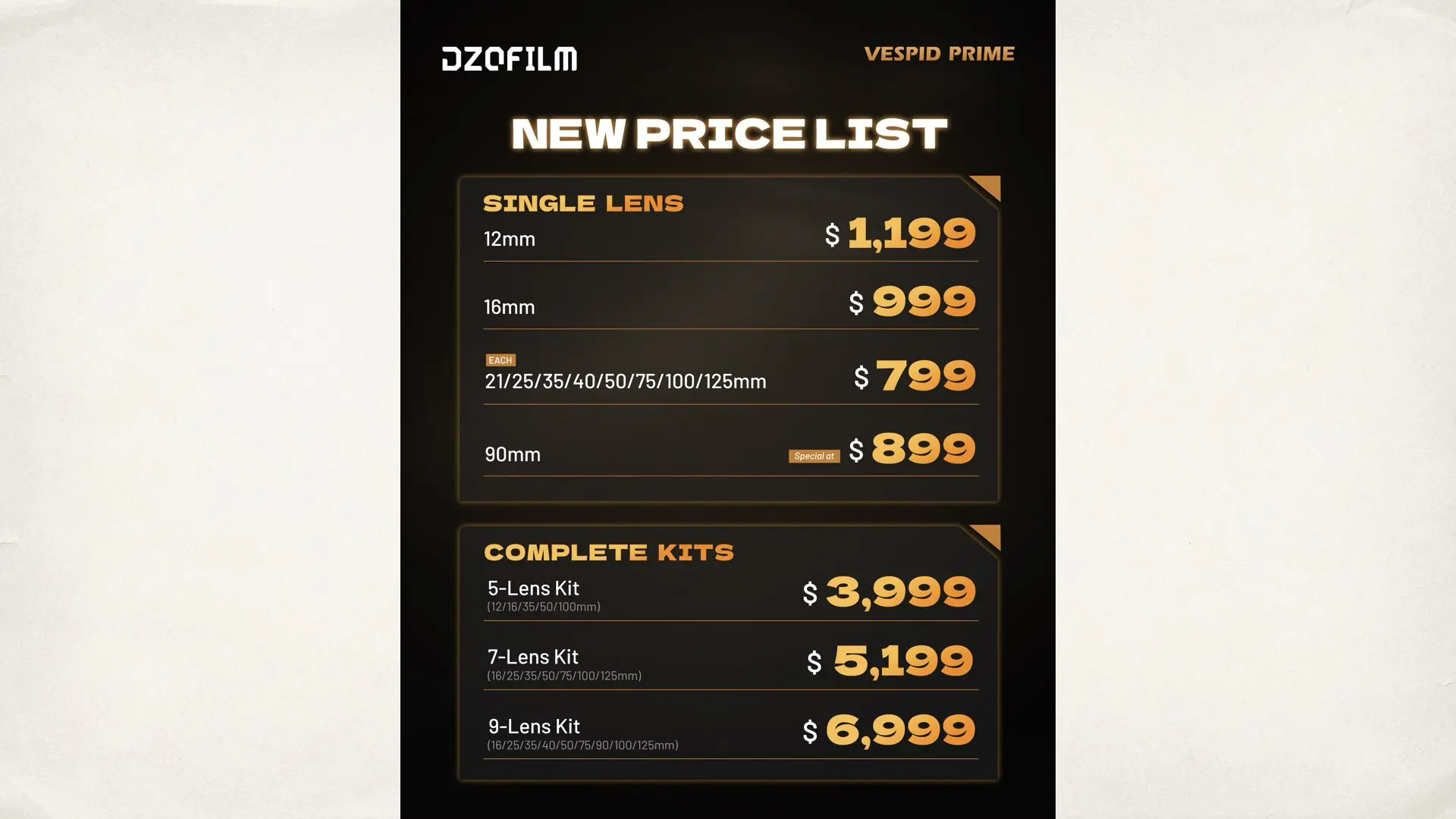
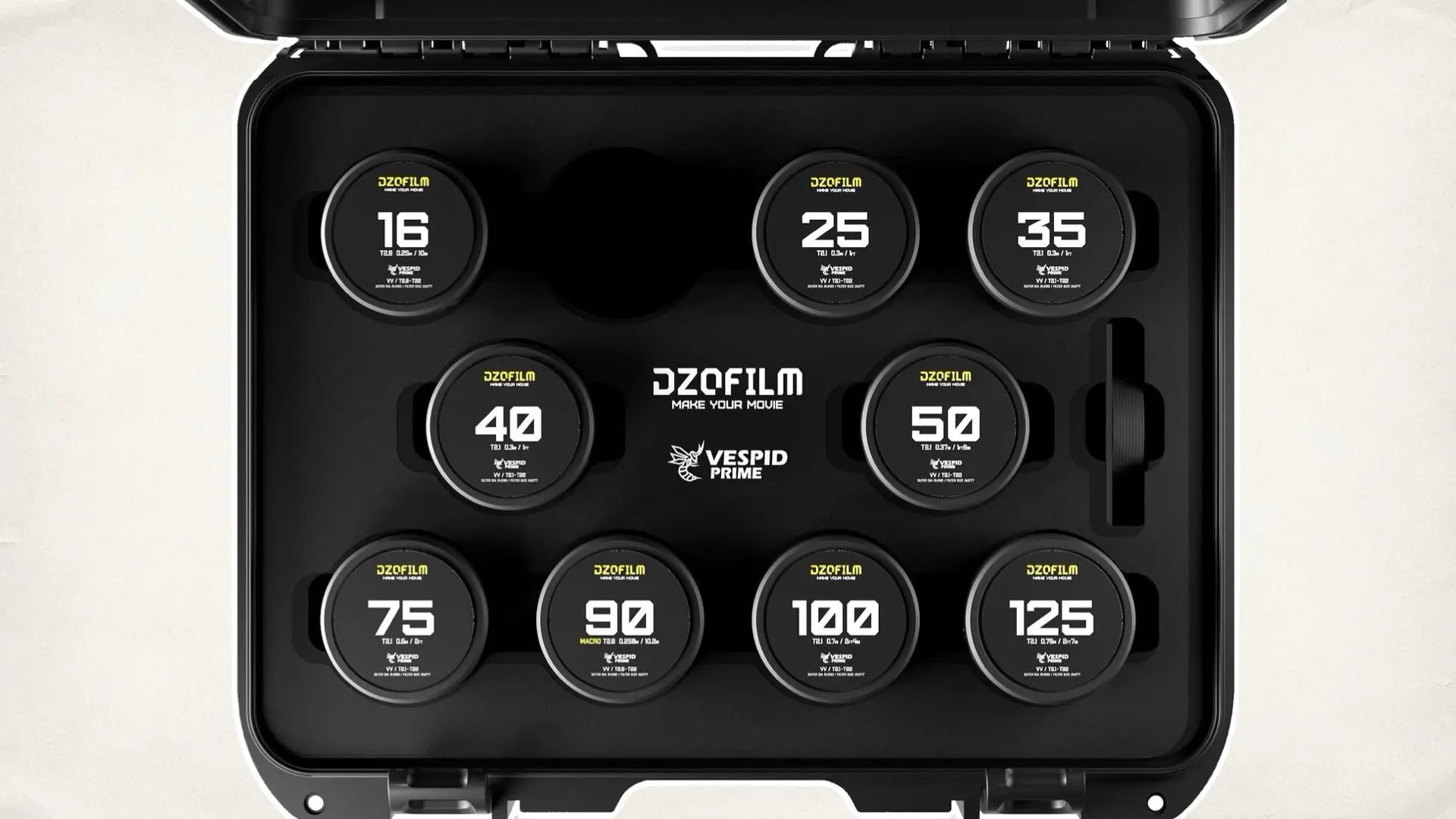
A Broader Trend: Industry-Wide Price Corrections
DZOFilm’s decision to drop prices isn’t happening in a vacuum. Over the past few months, we’ve witnessed major players in the imaging industry executing aggressive price cuts on high-end gear — a clear indication of changing market dynamics.
Take, for example:
-
Sony’s A7 IV, which recently dropped to $2,000, as discussed in this analysis. This wasn’t merely a discount; it was a strategic adjustment to remain competitive in the evolving mirrorless camera landscape.
-
Canon’s EOS R5 C, a flagship hybrid cinema camera, now sells for $3,000, representing remarkable value for a full-frame 8K-capable device, as reported here.
-
Perhaps most notably, Canon’s C500 Mark II — once priced at an intimidating $11,000 — was offered for $5,000 during a special 24-hour deal, reflecting a broader willingness by manufacturers to cater to smaller, more agile production companies. More on that here.
These price shifts are not merely competitive tactics; they are part of a growing acknowledgment that the line between “high-end professional” and “indie filmmaker” is blurring fast. Manufacturers are responding by making premium tools more accessible — a win for the creative community.

Why the Price Drops Matter
Lower prices mean more diverse voices in filmmaking. As the cost barrier lowers, small teams, independent filmmakers, student creators, and regional content producers gain the ability to work with equipment that meets professional standards. This leads to better quality independent productions, greater global representation in cinema, and new aesthetic experimentation that might not have been possible if these tools remained out of reach. It also forces the industry to innovate faster. With professional gear becoming standard even at the indie level, differentiation must now come from storytelling, creativity, and post-production — not just superior technical hardware. In this way, price reductions like DZOFilm’s VESPID adjustment are not just economic shifts; they are cultural catalysts that could define the next generation of filmmakers.
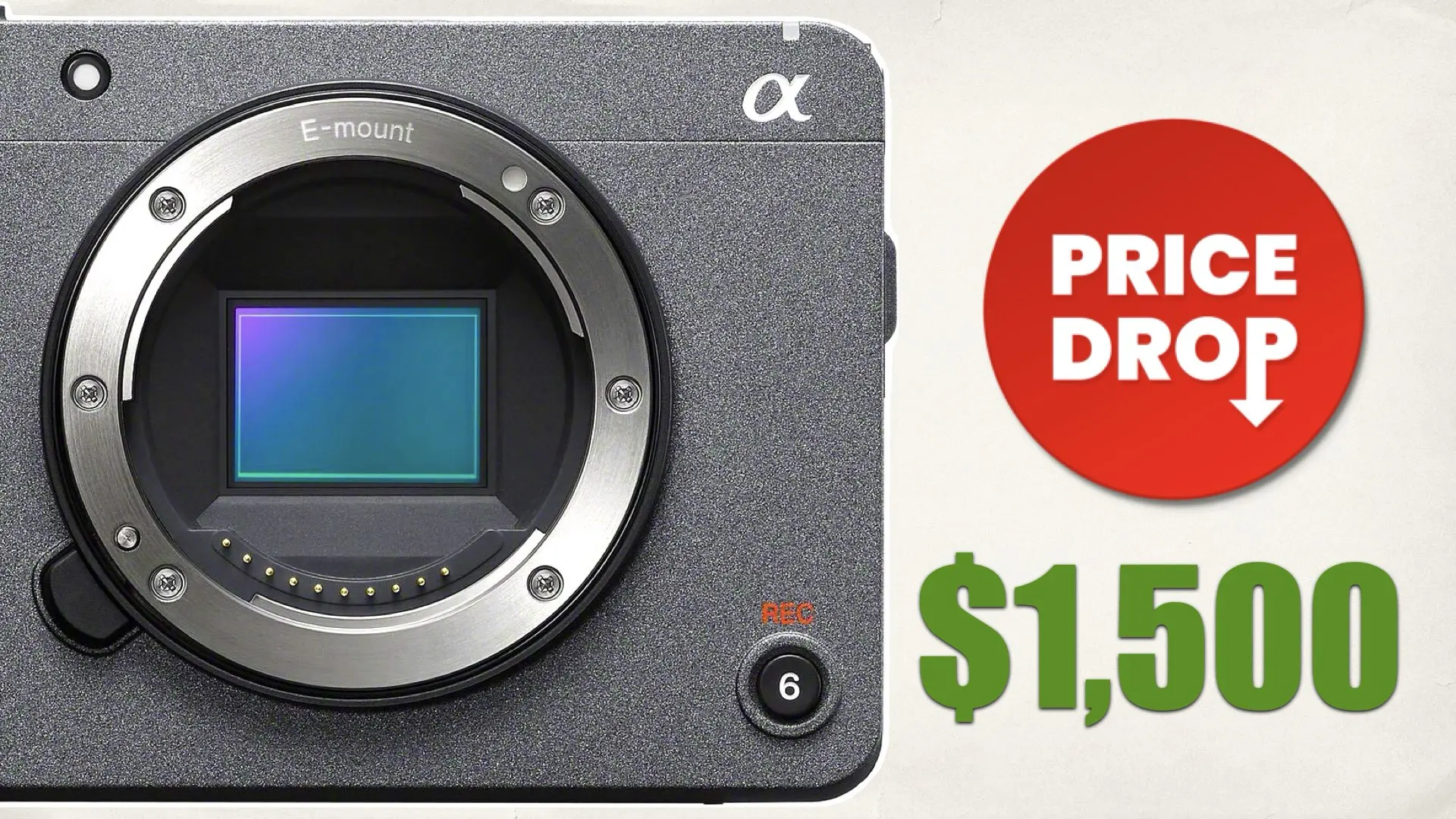
Final Thoughts
DZOFilm’s permanent reduction of VESPID Prime lens prices reflects a larger movement across the filmmaking and imaging industries — one focused on accessibility without compromise. It’s encouraging to see that professional-grade optics and cinema tools are now more widely available, and that established companies are taking active steps to empower the broader creative community. For filmmakers, this is a clear signal: the tools are within reach. What do you think about this growing trend of professional gear becoming more affordable — will it truly level the playing field for independent filmmakers, or will new challenges emerge in a more crowded creative space?

